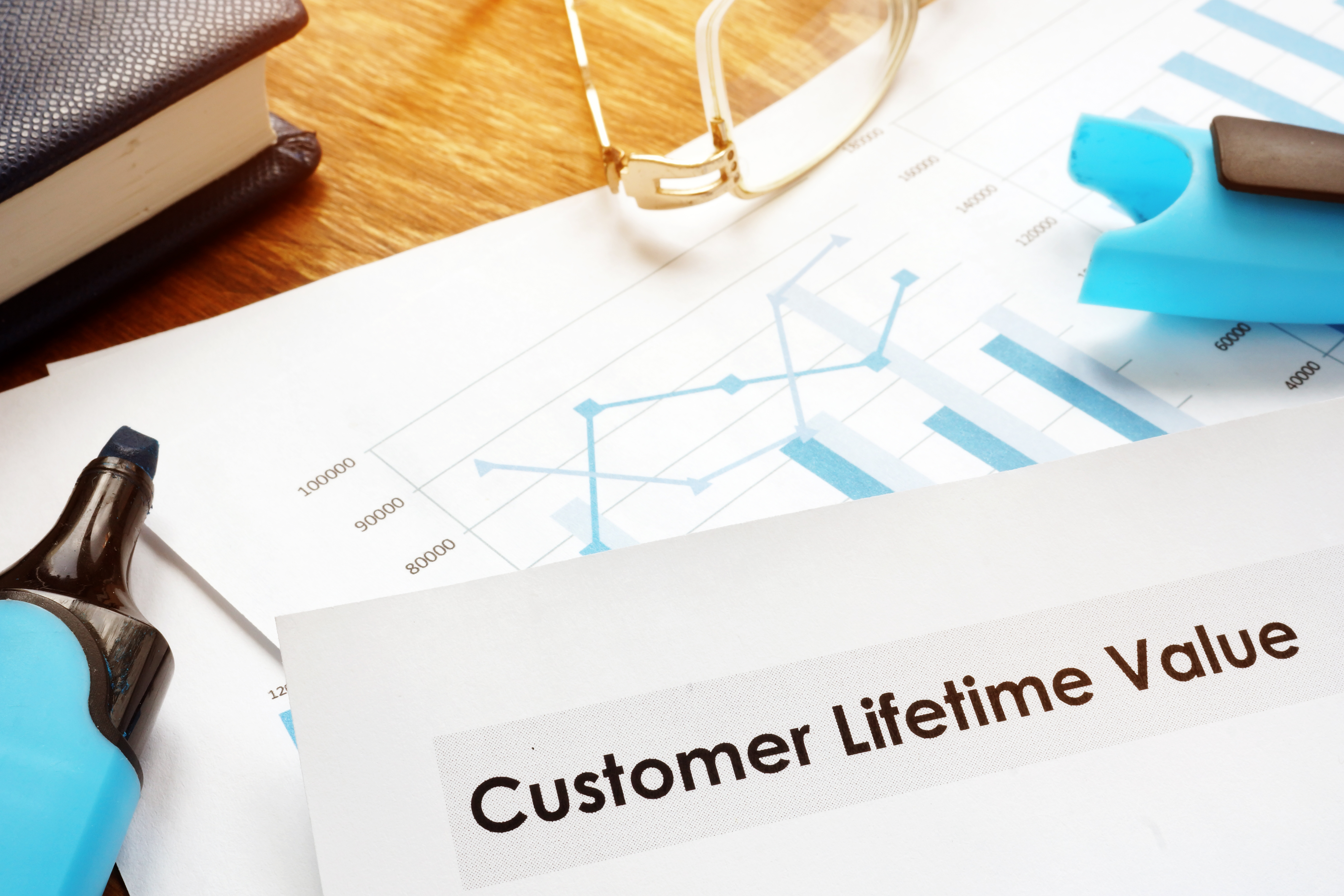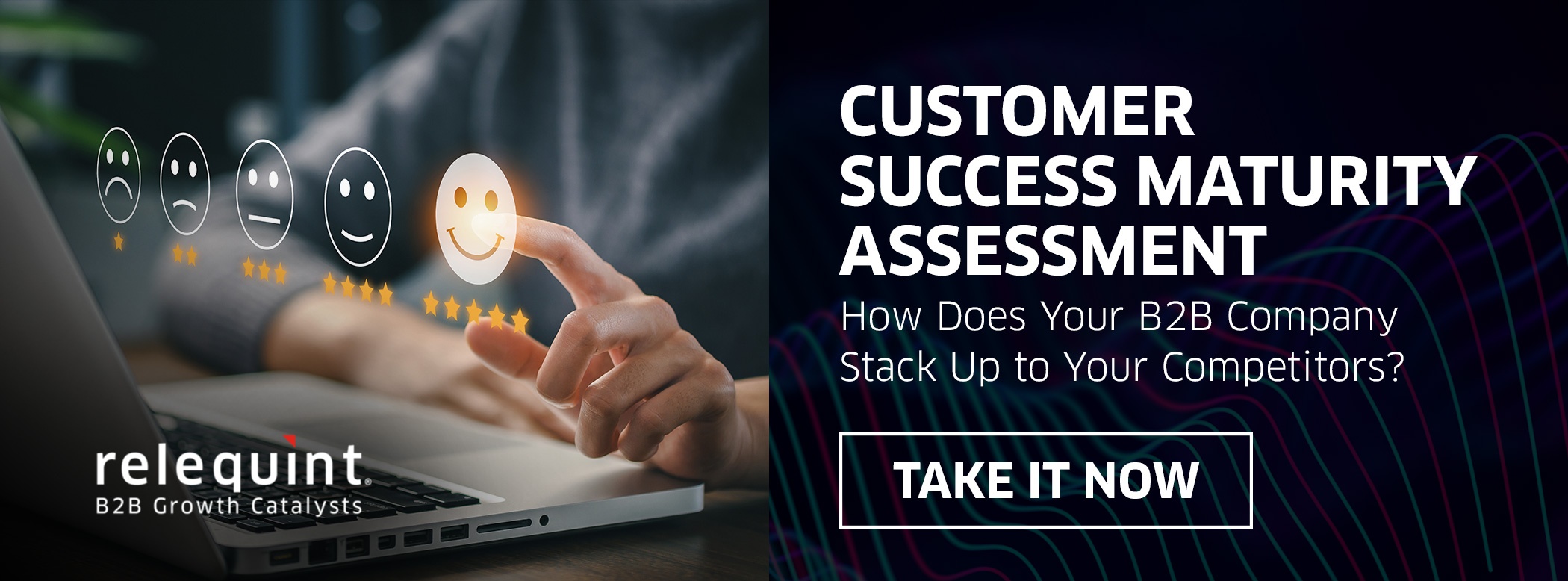In the dynamic realm of B2B operations, maximizing Customer Lifetime Value (CLV) is crucial for sustained success. As businesses navigate the complexities of B2B interactions, integrating CLV into the Revenue Operations (RevOps) model emerges as a strategic imperative.
Understanding Customer Lifetime Value in B2B Context
Before delving into the symbiosis between CLV and B2B RevOps, it's essential to grasp the unique significance of Customer Lifetime Value in a business-to-business setting. CLV, in this context, signifies the total revenue a B2B entity can expect from a client throughout their entire partnership. It serves not only as a financial metric but as a guiding principle for forging enduring and profitable relationships.
The Strategic Role of RevOps in B2B CLV Optimization
RevOps, a strategic framework aligning sales, marketing, and customer success, emerges as the linchpin for maximizing customer lifetime value in the B2B landscape. By dismantling operational silos and fostering collaboration, B2B RevOps ensures a holistic approach that resonates throughout the client's journey—from initial interaction to long-term partnership.
In the intricate ballet of B2B operations, RevOps assumes the role of choreographer, orchestrating a synchronized performance that resonates with clients at every touchpoint.
B2B-Centric Strategies for Maximizing Customer Lifetime Value in RevOps
Data-Driven Client Segmentation: The journey to maximizing Customer Lifetime Value in B2B begins with insightful client segmentation. Utilizing data-driven approaches, businesses can pinpoint high-value clients and tailor their strategies for precise client acquisition and retention, effectively integrating CLV considerations into the process.
Tailored Customer Journeys for B2B Relationships: Personalization is not just a B2C prerogative—it's a cornerstone for B2B success. B2B RevOps facilitates the creation of tailored customer journeys by leveraging data insights. Through automation and artificial intelligence, businesses can craft bespoke content and communications, enhancing client engagement and, consequently, maximizing customer lifetime value.
Collaboration Across B2B Functions: In B2B scenarios, the success of RevOps lies in breaking down departmental barriers. Collaborative efforts between B2B sales, marketing, and customer success teams ensure a unified approach to client engagement. This cohesive collaboration is instrumental in nurturing enduring B2B relationships, contributing significantly to maximizing customer lifetime value.
Proactive B2B Client Success Initiatives: Maximizing customer lifetime value in B2B extends beyond initial transactions—it involves fostering long-term partnerships. Proactive B2B client success programs, seamlessly integrated within the RevOps framework, play a pivotal role in preventing churn. Addressing client needs proactively strengthens B2B relationships, ultimately maximizing customer lifetime value.
Metrics and KPIs for B2B CLV Optimization
In the B2B arena, measurement is the key to effective management. Identifying relevant metrics and Key Performance Indicators (KPIs) for B2B CLV measurement allows businesses to gain valuable insights into client behavior. B2B RevOps, with its data-centric approach, facilitates continuous optimization of CLV through informed decision-making.
Conclusion
In conclusion, maximizing Customer Lifetime Value within a B2B RevOps model is not just a strategy—it's the pathway to sustainable business growth. By aligning B2B departments, leveraging data, and prioritizing client success, businesses can unlock the full potential of CLV and propel themselves to new heights in the competitive B2B landscape.
Ready to revolutionize your B2B operations and elevate your CLV within a robust RevOps framework? Explore the transformative possibilities with Relequint. Our experts are ready to guide you on the path to implementing and maturing your B2B RevOps model. Contact Relequint to learn more and take the first step towards a future of sustained success.







 By
By 
